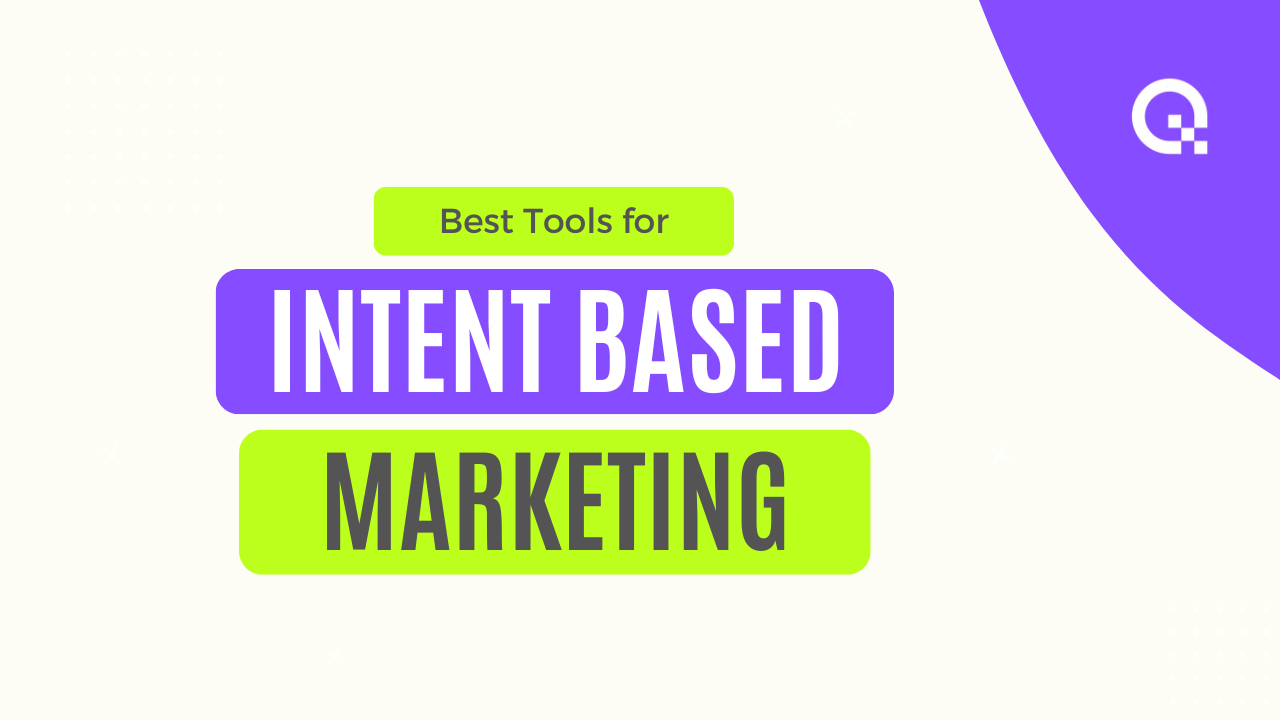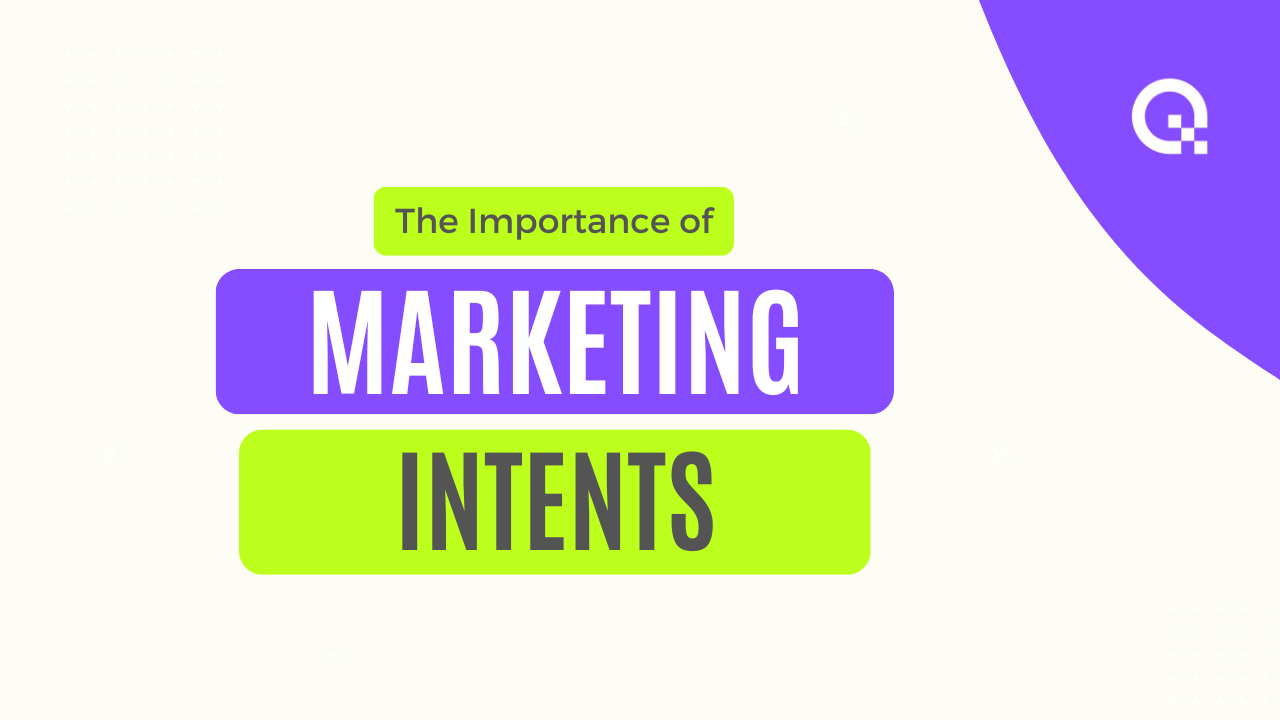Maximizing Lead Quality with Hypertargeting Marketing
Discover how utilizing hypertargeting marketing strategies can significantly improve the quality of leads generated for your business.
Understanding Hypertargeting Marketing
Hypertargeting marketing is a strategy that involves focusing your marketing efforts on a highly specific audience. It goes beyond traditional targeting methods and allows you to reach potential customers who are most likely to be interested in your products or services. By understanding the concept of hypertargeting marketing, you can effectively tailor your marketing messages to resonate with your target audience.
One of the key aspects of hypertargeting marketing is the use of data. It involves collecting and analyzing data about your target audience, such as their demographics, interests, and online behavior. This information helps you create detailed customer profiles and develop personalized marketing campaigns that speak directly to the needs and preferences of your audience.
Moreover, hypertargeting marketing allows you to segment your audience into smaller, more specific groups. This segmentation enables you to deliver highly relevant content and offers to each segment, increasing the chances of converting leads into customers. By understanding the principles of hypertargeting marketing, you can gain a deeper insight into the behavior and motivations of your target audience, leading to more effective marketing strategies.
Benefits of Hypertargeting for Lead Generation
Hypertargeting marketing offers several benefits when it comes to lead generation. By focusing your marketing efforts on a specific audience, you can attract higher quality leads who are more likely to convert into customers. Here are some of the key benefits of hypertargeting for lead generation:
1. Increased Conversion Rates: By delivering personalized content and offers to your target audience, you can significantly increase your conversion rates. When potential customers feel that your marketing messages are tailored to their specific needs and interests, they are more likely to take action and become leads.
2. Cost Efficiency: Hypertargeting marketing allows you to optimize your marketing budget by focusing on the most relevant audience. Instead of wasting resources on broad targeting, you can allocate your budget towards reaching the right people who are more likely to be interested in what you have to offer. This can result in a higher return on investment (ROI) and lower customer acquisition costs.
3. Improved Customer Engagement: By delivering personalized and relevant content, you can enhance customer engagement. When your marketing messages resonate with your audience, they are more likely to interact with your brand, share your content, and become advocates for your business. This can lead to increased brand awareness and a stronger relationship with your customers.
4. Better Insights and Data Analysis: Hypertargeting marketing provides you with valuable insights and data about your audience. By analyzing the behavior and preferences of your target audience, you can gain a deeper understanding of their needs and motivations. This data can be used to refine your marketing strategies and make data-driven decisions to improve the quality of your leads.
Overall, hypertargeting marketing offers numerous benefits for lead generation. By focusing on a specific audience and delivering personalized content, you can attract high-quality leads, increase conversion rates, and optimize your marketing budget for better results.
Implementing Hypertargeting Strategies
Implementing hypertargeting strategies requires careful planning and execution. Here are some key steps to consider when implementing hypertargeting strategies:
1. Define Your Target Audience: Start by clearly defining your target audience. Consider their demographics, interests, behavior, and preferences. The more specific and detailed your audience profile, the better you can tailor your marketing messages.
2. Collect and Analyze Data: Gather relevant data about your target audience, such as their online behavior, purchase history, and social media activity. Use analytics tools and customer relationship management (CRM) systems to collect and analyze this data. This will help you gain insights into your audience and identify patterns and trends.
3. Segment Your Audience: Divide your target audience into smaller segments based on common characteristics or behaviors. This allows you to create personalized content and offers for each segment, increasing the relevance and effectiveness of your marketing campaigns.
4. Develop Personalized Content: Create compelling and personalized content that speaks directly to the needs and interests of each segment. Tailor your messages, offers, and call-to-action based on the preferences and motivations of your audience.
5. Choose the Right Channels: Select the most appropriate marketing channels to reach your target audience. Consider their online behavior and preferences to determine which channels are most effective for reaching and engaging with them.
6. Test and Refine: Continuously test and refine your hypertargeting strategies to optimize their effectiveness. Monitor the performance of your campaigns, analyze the data, and make data-driven decisions to improve your results.
By following these steps and continuously refining your hypertargeting strategies, you can maximize the quality of leads generated for your business.
Measuring Success with Hypertargeting Campaigns
Measuring the success of your hypertargeting campaigns is crucial to understand the effectiveness of your strategies and make data-driven decisions for improvement. Here are some key metrics to consider when measuring the success of your hypertargeting campaigns:
1. Conversion Rate: Measure the percentage of leads that convert into customers. This metric indicates the effectiveness of your campaigns in driving actions and generating sales.
2. Cost per Acquisition (CPA): Calculate the cost of acquiring a new customer through your hypertargeting campaigns. This metric helps you evaluate the efficiency of your marketing budget and optimize your spending.
3. Return on Investment (ROI): Determine the return on investment generated by your hypertargeting campaigns. This metric compares the revenue generated to the cost of your campaigns, providing insights into the profitability of your marketing efforts.
4. Engagement Metrics: Track the engagement metrics of your campaigns, such as click-through rates, time spent on page, and social media interactions. These metrics indicate the level of interest and engagement generated by your marketing messages.
5. Customer Lifetime Value (CLV): Evaluate the value of a customer over their entire relationship with your business. This metric helps you understand the long-term impact of your hypertargeting campaigns and the potential for recurring revenue.
6. Return on Ad Spend (ROAS): Measure the revenue generated from your hypertargeting campaigns compared to the cost of advertising. This metric provides insights into the profitability of your advertising efforts.
By regularly monitoring and analyzing these metrics, you can assess the success of your hypertargeting campaigns and make data-driven decisions to optimize your strategies for better lead quality.
Optimizing Lead Quality through Continuous Hypertargeting Refinement
Optimizing lead quality is an ongoing process that requires continuous refinement of your hypertargeting strategies. Here are some key strategies to optimize lead quality:
1. Analyze and Refine Customer Profiles: Continuously analyze your customer profiles and update them based on new data and insights. Refine your targeting criteria to ensure that you are reaching the most relevant audience.
2. Personalize Content and Offers: Regularly review and update your content and offers to ensure they remain relevant and appealing to your target audience. Tailor your messages based on the preferences and motivations of your audience.
3. Test and Iterate: Continuously test different variations of your marketing campaigns to identify the most effective strategies. A/B testing can help you determine which messages, offers, and channels yield the best results.
4. Leverage Automation and AI: Use automation tools and artificial intelligence (AI) to streamline and optimize your hypertargeting efforts. These technologies can help you analyze data, automate tasks, and deliver personalized content at scale.
5. Stay Updated with Industry Trends: Keep up with the latest industry trends and changes in consumer behavior. This allows you to adapt your hypertargeting strategies to align with the evolving needs and preferences of your target audience.
By continuously refining and optimizing your hypertargeting strategies, you can improve the quality of leads generated for your business and maximize the effectiveness of your marketing efforts.



